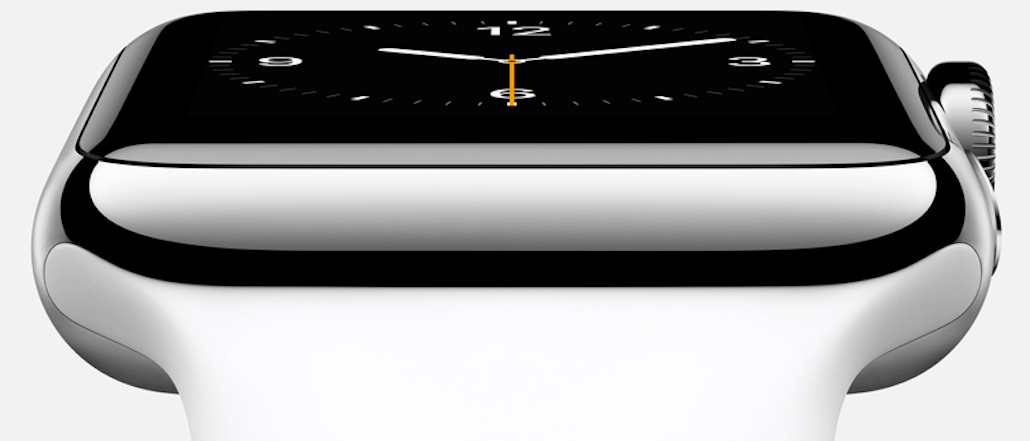
Jack Riley is commercial and audience development director at The Huffington Post UK and a 2015 Harvard Nieman Visiting Fellow.
The Apple Watch’s official release day is Friday, and strategy leads from digital media companies the world over are bracing themselves for the awkward question: “What’s our wearables strategy?” Here are the five things to know when the guy in the corner office wants to pick your mind on how to respond to the coming smartwatch revolution.
There won’t be scale for some time.
After receiving nearly 1 million U.S. preorders, Apple is expected to sell 20 million units this year and maybe 40 million next year — but even if they hit the numbers the most optimistic analysts are discussing, there’ll be fewer Apple Watches on people’s wrists by 2016 than there were iPhones sold in the last quarter of 2014 alone. So don’t freak out if you haven’t got your head around wearables yet; you have plenty of time to figure it out before a wearable app becomes a must-have rather than a nice-to-have.
Things are pretty locked down anyway.
At launch, Apple Watch hardware is locked down via a pretty restrictive software-development kit. Want your app to check someone’s heart rate and serve an experience specific to that? It’s not possible yet. At the moment, the Watch is working basically as a display for the phone, with only limited hardware access. Even if you’re raring to go and do something really revolutionary, you might have to keep your ambitions on a leash for now.
Porting mobile experiences is not going to be enough.
You only have to wear a smartwatch for a few days to realize that it’s a qualitatively different device from the phone, in ways that affect both the editorial and commercial experience. You won’t be beaming across video pre-roll to monetize your content (no matter what Marissa Meyer says) or serving traditional display advertising at all, even. Why bother, then? Well, you get the ability to send notifications that you can pretty much guarantee the user will see, for a start, and a great opportunity to reach users even when their mobile phone is not in their hand. Think of the points in the day when your audience may not have their phone in front of them; what new experience could you be offering them at that moment in time?
Finding the right content will take some work.
Apple used the word “personal” 19 times in the initial Apple Watch announcement, and it did that for a reason. Experiences for the “most personal device” it has ever created have to be relevant (are you engaging the user at the right time?), personal (are you approaching them in the right way?) and glanceable (does your product deliver value even in the short bursts of attention you can get from a quick look at the watch?).
Apple Watch isn’t the be-all and end-all for wearables.
While Android Wear, Pebble and Apple Watch are the major smartwatch platforms, wearables are threatening to be more fractured in terms of operating systems and form factors than the smartphone industry. Android Wear particularly is struggling to keep hardware manufacturers on board, with Samsung, LG, ASUS and others threatening to ditch Google’s OS in favor of their own alternatives. The Apple Watch’s launch is expected to give a big boost to alternative products from smartwatch-desiring non-iPhone users, and Google is reported to be working on making Android Wear work on iOS, so consider the opportunities there as well as on Apple’s marquee release. Android Wear gives you significantly more hardware access than Apple’s equivalent, and you can expect the factories of Shenzhen to be turning out Android-powered devices that match the Apple Watch’s premium form factor by the end of the year.
More in Media

A timeline of the major deals between publishers and AI tech companies in 2025
Here’s a list of all the major deals signed between publishers and AI tech companies in 2025.

No playbook, just pressure: Publishers eye the rise of agentic browsers
For the bulk of publishers, Google is, as ever, the one to watch. It’s already got agentic features within its Chrome browser, but that’s the tip of the iceberg, some say.

The biggest SEO lessons in 2025 for publishers
KPIs are changing, more AI search data is becoming available, and publishers are looking beyond search to grow their audiences and revenue.





